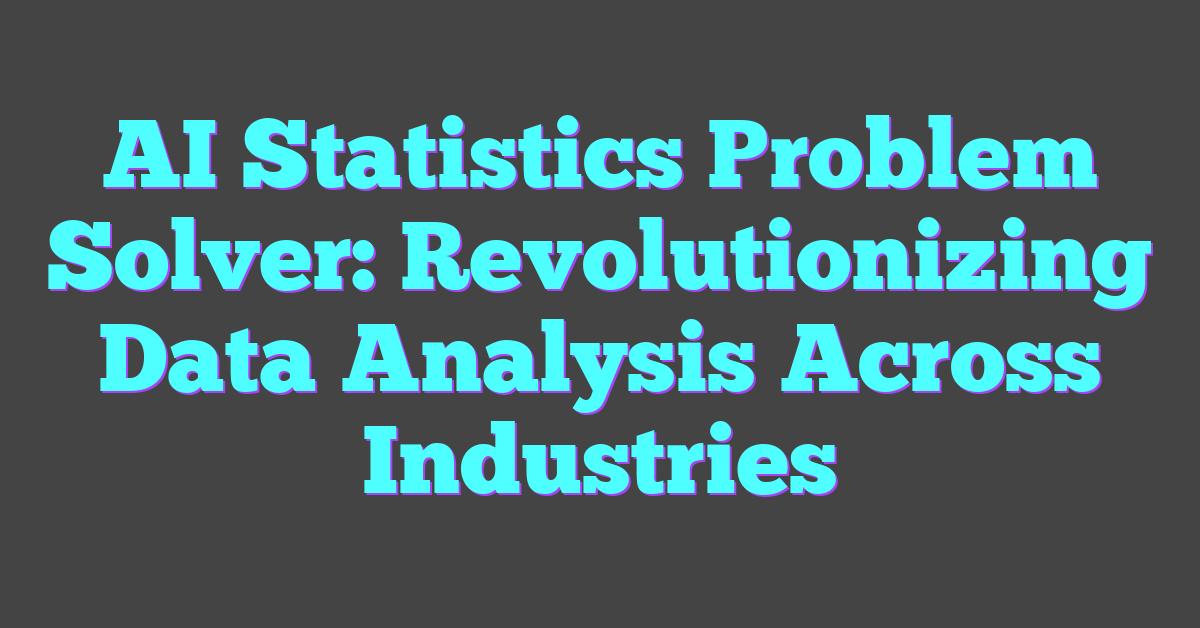Ever wondered if you can create artificial intelligence using JavaScript? You’re not alone. With the rise of AI in various fields, many developers are curious if their go-to web development language can handle such complex tasks.
JavaScript, known for its versatility and ease of use, has evolved significantly over the years. It’s no longer just for adding interactivity to web pages; it’s now a powerful tool for building sophisticated applications, including AI. Let’s explore how JavaScript can be used to develop AI and what tools and libraries make it possible.
Exploring AI Potentials with JavaScript
JavaScript’s growing capabilities make it an interesting choice for AI projects. Delving into how JavaScript powers AI offers valuable insights for developers.

Understanding AI Basics
AI refers to systems designed to mimic human intelligence. Core concepts include machine learning, natural language processing, and computer vision. Machine learning involves training algorithms on data for prediction. Natural language processing enables understanding and generating human language. Computer vision allows machines to interpret visual data.
JavaScript’s Role in AI Development
JavaScript’s ecosystem supports AI projects with various libraries and frameworks. TensorFlow.js offers tools for training and deploying machine learning models directly in the browser. Brain.js provides a simpler way to create neural networks with JavaScript. Synaptic is another library for building and training neural networks in Node.js and browsers.
JavaScript simplifies deploying models in web applications, enhancing interactivity and user experience. The language’s versatility and growing ecosystem make it a valuable tool for AI developers.
Tools and Libraries for AI in JavaScript
JavaScript’s growing role in AI development offers numerous tools and libraries to support creating advanced AI applications. Here are some key libraries for building AI with JavaScript.
TensorFlow.js
TensorFlow.js allows developers to define, train, and run machine learning models in the browser and on Node.js. By leveraging the power of WebGL, TensorFlow.js enables hardware-accelerated machine learning, making it possible to train neural networks directly in the browser. This offers significant advantages for real-time applications, reducing the latency associated with network requests.
Brain.js
Brain.js focuses on neural networks and provides a simple API for building and training models. This library supports various network configurations, including feedforward and recurrent neural networks. Brain.js is particularly useful for developers seeking a lightweight, easy-to-use library for rapid prototyping. It’s well-documented and integrates smoothly with JavaScript, making it an excellent choice for beginners and experienced developers alike.
Practical Examples of AI Projects Using JavaScript
JavaScript offers several possibilities for building AI-driven solutions through its versatile libraries and frameworks. Below are examples of AI projects that can be created using JavaScript.
Building a Chatbot
A JavaScript-based chatbot leverages natural language processing (NLP) to understand user queries and provide responses. Tools like NLP.js simplify this process by offering easy-to-use APIs for language understanding. Developers can integrate chatbots into websites using Node.js and Express.js, providing real-time user engagement.
- NLP.js Process textual data to extract meaning and intent.
- Node.js Handle server-side scripting for real-time communication.
- Express.js Create a web server to host the chatbot.
Creating a basic chatbot starts with defining intents and entities. The bot then processes user input and responds based on predefined intents, offering a more interactive user experience.
Creating a Recommendation System
Recommendation systems use collaborative filtering or content-based filtering to suggest products or content to users. JavaScript libraries like TensorFlow.js enable the development of machine learning models directly in the browser or Node.js environment.
- TensorFlow.js Train and deploy machine learning models.
- Content-Based Filtering Suggest items similar to those a user interacted with.
- Collaborative Filtering Recommend items based on user similarities.
Implementing a recommendation system involves collecting user interaction data and training a model to predict preferences. These systems can enhance user experience by offering personalized content and product suggestions.
JavaScript’s capabilities extend into these advanced applications, making it a versatile tool for AI development.
Challenges and Considerations
Developing AI with JavaScript presents several notable challenges. Performance issues and scalability challenges are among the key considerations that developers need to address.
Performance Issues
Performance can be a significant hurdle when using JavaScript for AI. Unlike languages such as Python and C++, JavaScript isn’t optimized for heavy computational tasks. Training large neural networks may take longer, affecting the overall efficiency of the AI model. TensorFlow.js, Brain.js, and other libraries mitigate these issues but still, some inherent limitations exist. For example, TensorFlow.js allows execution in the browser, yet it can’t match the performance of systems utilizing dedicated hardware accelerators like GPUs and TPUs typically used in Python-based frameworks.
Scalability Challenges
Scalability is another critical factor when working with AI in JavaScript. Building and deploying AI models that can handle increasing amounts of data and user interactions require robust infrastructure. JavaScript lacks some tools and frameworks available in more traditional AI environments, limiting its effectiveness for large-scale applications. Creating an efficient, scalable AI architecture demands more effort and creativity. For instance, offloading tasks to a backend running more performant AI models reduces the load on JavaScript but introduces additional complexity in the system design. Thus, developers must carefully balance the trade-offs between client-side processing and backend capabilities.
Conclusion
JavaScript has certainly come a long way in the realm of AI development. With libraries like TensorFlow.js and Brain.js, developers can explore exciting possibilities in machine learning and natural language processing. However, it’s important to recognize the challenges, especially around performance and scalability. Balancing client-side and backend processing is key to creating efficient AI applications. While JavaScript may not be perfect for every AI task, it offers a robust starting point for those eager to dive into AI development. With careful planning and optimization, JavaScript can be a powerful tool in the AI developer’s toolkit.
Frequently Asked Questions
What is the role of JavaScript in AI development?
JavaScript now plays an integral role in AI development by leveraging libraries such as TensorFlow.js and Brain.js. It allows developers to create advanced applications involving machine learning and other AI technologies directly within web browsers.
What are the main AI concepts discussed in the article?
The article covers essential AI concepts including machine learning, natural language processing, and computer vision. These concepts are crucial for understanding how artificial intelligence functions and can be implemented using JavaScript.
What challenges are faced when developing AI with JavaScript?
Challenges include performance issues, as JavaScript is not optimized for heavy computational tasks, and scalability challenges, due to the difficulty of building and deploying AI models that can handle large amounts of data and user interactions.
Why does JavaScript face performance issues in AI development?
JavaScript faces performance issues in AI development because it is not inherently designed for heavy computational tasks. This makes it challenging to achieve the necessary processing speed and efficiency required for advanced AI functionalities.
What are the scalability challenges mentioned?
Scalability challenges involve difficulties in building and deploying AI models that can efficiently manage large volumes of data and user interactions. These challenges highlight the need for careful balancing between client-side processing and backend support.
How can developers overcome JavaScript’s limitations in AI?
Developers can overcome these limitations by carefully balancing client-side and backend capabilities. Leveraging powerful backend systems to handle intensive tasks while using JavaScript for front-end interactions can enhance efficiency and scalability in AI applications.




